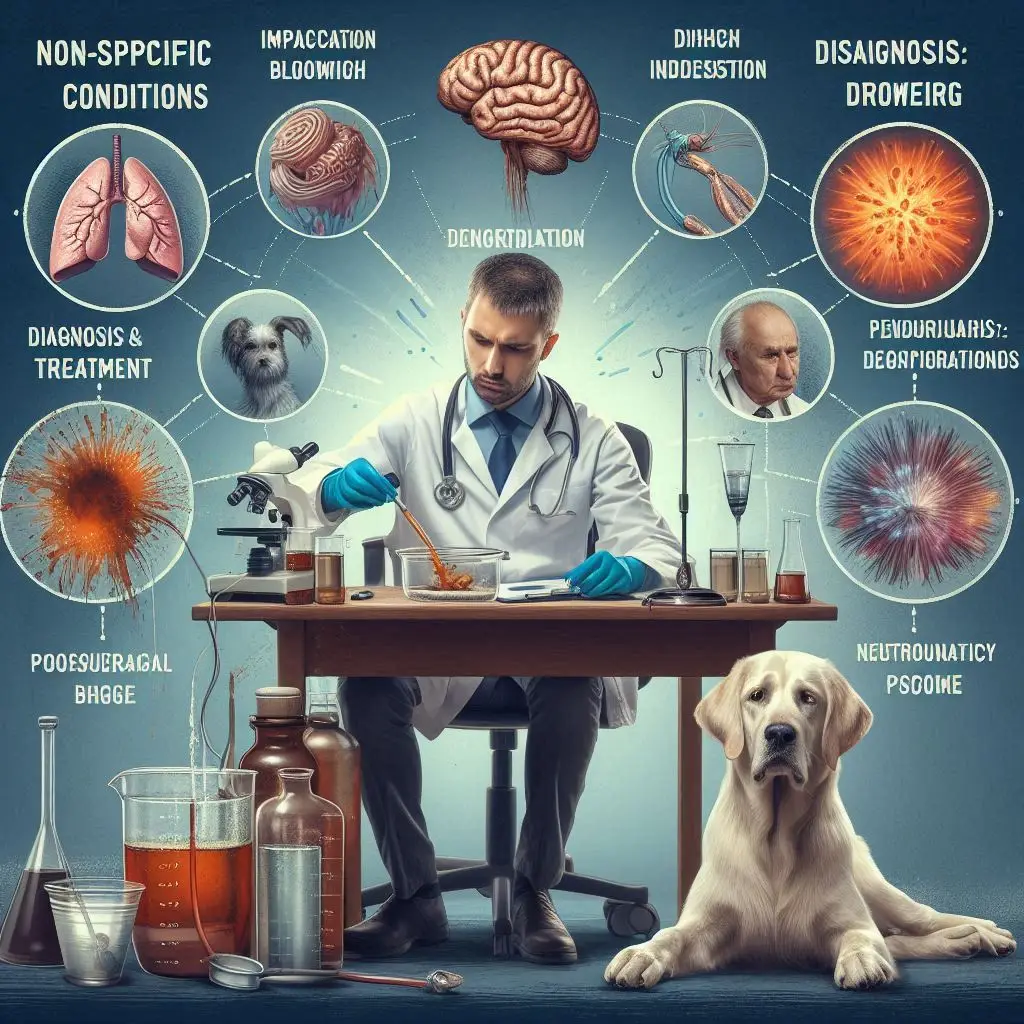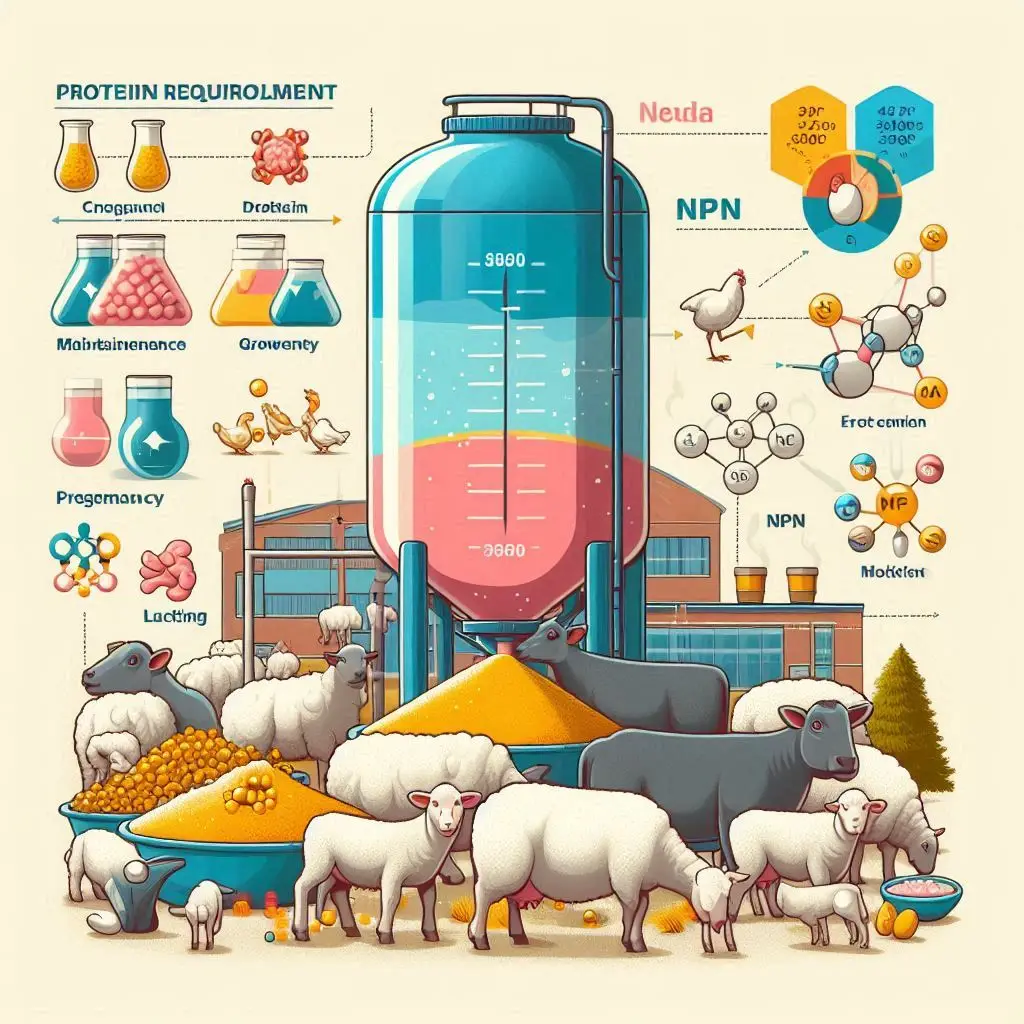Niacin Deficiency in Animals

Understanding Niacin Deficiency in Animals
Niacin, also known as Vitamin B3, plays a critical role in energy metabolism, nervous system function, and overall health. When animals suffer from niacin deficiency, they experience poor growth, skin issues, digestive problems, and neurological disorders.
Causes of Niacin Deficiency
Niacin deficiency in animals occurs due to various factors such as inadequate diet, poor absorption, and high metabolic demands.
Insufficient Dietary Intake
Animals that rely on grains low in niacin or feed lacking adequate supplementation are at high risk. Corn-based diets are particularly deficient in this essential vitamin. According to Merck Veterinary Manual, poultry and swine are most susceptible.
Poor Tryptophan Conversion
Certain species, like chickens, cannot efficiently convert tryptophan into niacin. This makes them dependent on direct niacin sources in their diet.
Increased Demand for Niacin
Rapid growth, pregnancy, lactation, and stress increase an animal’s need for niacin. Without proper supplementation, deficiencies develop quickly.
Symptoms of Niacin Deficiency
Black Tongue and Spectacle Eye
One of the most notable signs in poultry is black tongue, characterized by dark, necrotic lesions in the mouth and tongue. Spectacle eye, another symptom, causes inflammation around the eyes.
Poor Growth and Weight Loss
Animals with niacin deficiency exhibit stunted growth and fail to gain weight properly. According to National Animal Supplement Council, a lack of B3 negatively impacts feed conversion rates.
Digestive Disorders
Symptoms like diarrhea and indigestion are common. Niacin plays a crucial role in gut health, and its deficiency disrupts digestion.
Neurological Issues
Animals develop weakness, incoordination, and sometimes paralysis. In poultry, niacin deficiency causes “hock walking,” where birds move on their hocks instead of their feet.
Preventing Niacin Deficiency
Proper Diet and Supplementation
Include Niacin-Rich Foods Feeding animals a diet rich in natural niacin sources like fish meal, yeast, and green vegetables helps prevent deficiencies.
Use Fortified Feeds Commercial feeds often contain added niacin. Always check labels for adequate vitamin B3 levels, as suggested by the American Feed Industry Association.
Supplementation in High-Risk Animals
Poultry, pigs, and ruminants with high metabolic needs benefit from additional niacin supplementation. Livestock owners should follow guidelines from University of Kentucky’s Animal Science Department.
Monitoring and Early Detection
Regular health check-ups help detect early signs of deficiency. Veterinary experts from Cornell University Veterinary Medicine suggest observing animals for any behavioral or physical changes.
Conclusion
Niacin deficiency in animals leads to severe health complications. Ensuring a balanced diet, proper supplementation, and regular monitoring prevents this issue effectively. For more detailed guidance, consult veterinary professionals and refer to reliable sources like the Merck Veterinary Manual.
For more pearls of Vets Wisdom:
Closed Nucleus Breeding System






Responses